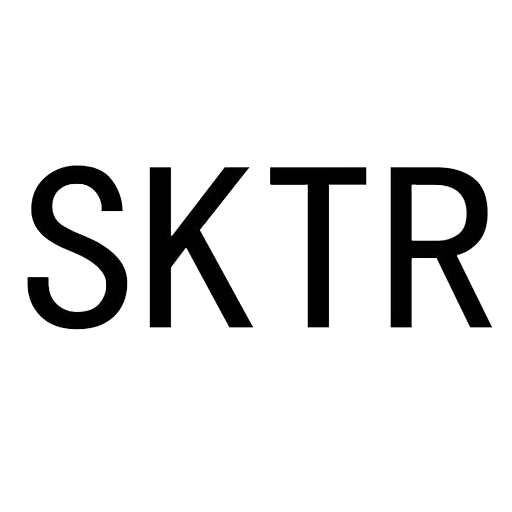Linear guide rails and sliders are key components for achieving precise linear motion, mainly composed of two closely cooperating parts: the guide rail and the slider. The guide rail, acting as the “track” of the entire system, is usually made of finely processed metal materials, boasting extremely high straightness and surface finish. The slider, on the other hand, is like a “train” running on the track, with rolling elements ingeniously assembled inside. Common ones include balls or rollers.
When the slider moves along the guide rail, the rolling elements roll between the slider and the guide rail, converting sliding friction into rolling friction. This significantly reduces the frictional force, enabling the slider to move smoothly along the guide rail with minimal resistance. This exquisite structural design not only greatly improves the motion accuracy and efficiency but also endows the linear guide rail and slider with excellent load – bearing capacity. Different types of linear guide rails and sliders have their own unique structures. For example, the ball – type linear guide rail and slider, with its compact ball design, can achieve extremely high motion accuracy and sensitive response, making it suitable for fields with extremely high precision requirements, such as electronic manufacturing and optical instruments. The roller – type linear guide rail and slider, relying on its larger rollers, can bear heavier loads and are widely used in heavy machinery, industrial automation production lines, and other fields with high requirements for load – bearing capacity.

